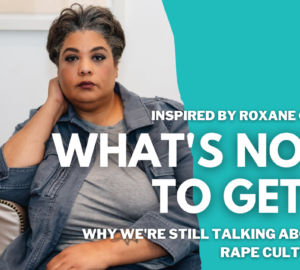
by Chandler Groce
In the United States, a woman makes 80 cents to every dollar a man does. Most women know this to be true, however, there are a lot of deniers that this wage gap exists. Skeptics, usually men (ironic), say it’s a myth without providing any concrete evidence or studies, while some argue that it is the right thing to do.
The most common argument is based on women and pregnancy. Why should women get paid the same if they’ll eventually get pregnant and need maternity leave? This argument is completely centered around traditional and outdated gender roles and fails to consider men’s paternity leave, women who do not want or cannot have children, and ignores the years that women spend working outside of maternity leave. It also sheds light on larger issues like daycare accessibility. Most women are forced back into their jobs just 12 weeks after their child is born. However, this isn’t the case for everyone; women with lower income jobs or non-union jobs may end up using unpaid leave and need to come back sooner. Some women leave their babies to daycare workers just three weeks after birth.
While women get penalized for having children in their workplaces, men are celebrated. According to Cornell sociology experts in the American Journal of Sociology, there is a “fatherhood bonus”. The fatherhood bonus is an increase in pay around the time that the man’s wife or partner gives birth. The desire to give a bonus comes from the belief that the man will want to work harder and have more drive to provide for the new child. So men are motivated to work harder and women are not? Men don’t want to spend time with their children, too?
It’s also important to consider non-binary people in this equation. Are they paid the men’s wage or the women’s wage? Are they given a parenting bonus or are they penalized? The gender pay gap is one of the many things we as a society need to revisit and question our morals behind. For matters like these, it’s so important to check our biases and preconceptions. Many people in conversations about women’s issues fail to consider transgender and LGBTQIA+ women, women of color, disabled women and low-income families.

























